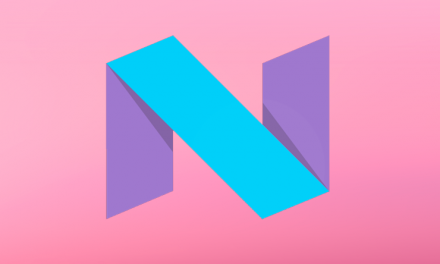We’ve talked about the several versions of the Android operating system that Google has released since they started the sweet-naming trend in 2009, and we commented about some of the features that have been introduced in each one of them, however you may also have noticed that each major version has had its own particular upgrades as well.
For instance we’ve got Jelly Bean 4.1.1 and Jelly Bean 4.3 or Nougat 7.0 and its latest upgrade to version 7.1.1

If you see each API level, you’ll find that 25 versions of Android operating system have been released since 2008 to date, including Android versions that are not named after sweet treats like 1.0 and 1.1.
So, What are API levels then? Why are they so important to Android developers?
API levels are used to manage app compatibility with the multiple versions of Android. They are integer values that identifies the revision of each framework offered in the Android platform.
API levels allows you to communicate with the device’s built in functions and functionality.
This is important for Android developers as you’ll have to decide the minimum Android version your app will support and your target version, the one your app is intended to run on.
So, If your app supports multiple Android versions, your code must include runtime checks to ensure that your app works with your minimum Android version.
If you choose a low API level then you’ll gain support for more devices and more people will be able to run your app correctly, however it will limit its functionality. On the other hand, a high API level will allow you to add functions to your app but may restrict the number of reachable devices.
Certainly, something Android developers must keep in mind, even so this hasn’t stopped Android from launching more apps than all its competitors.








